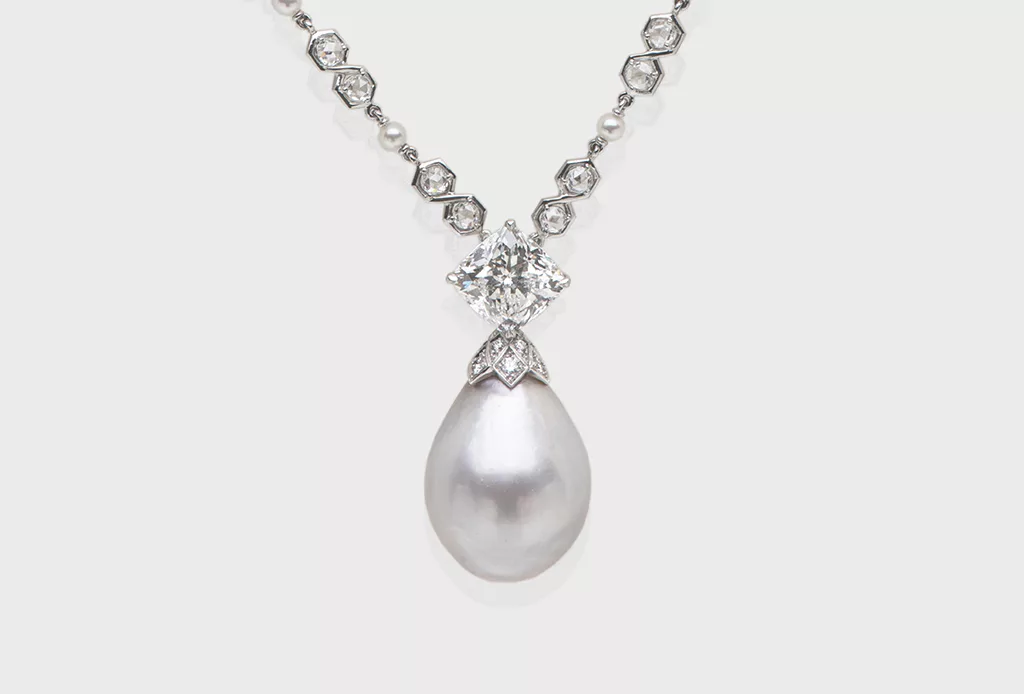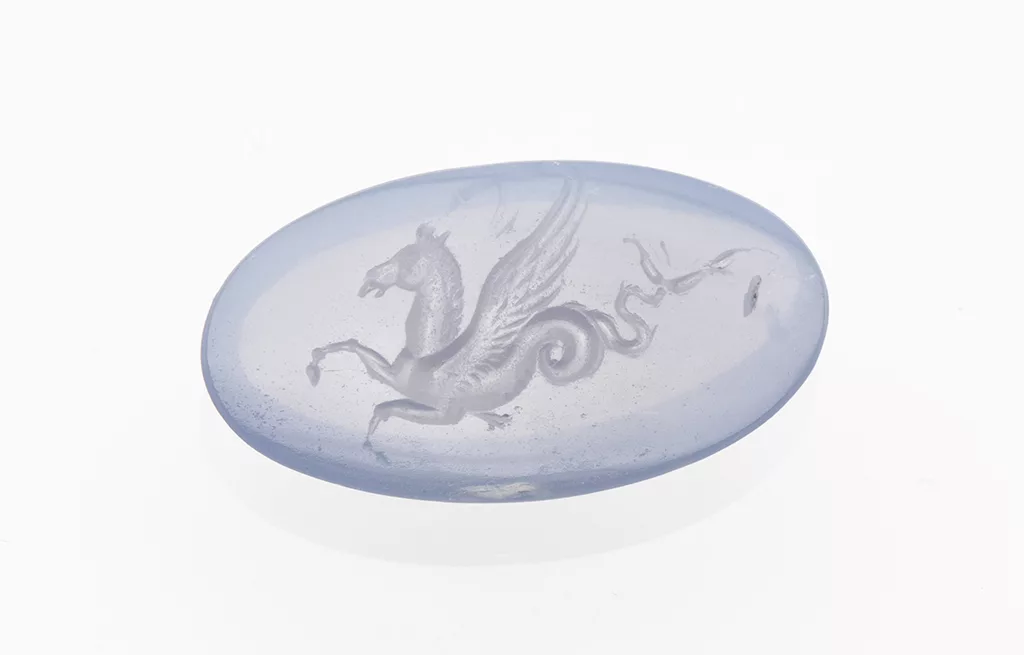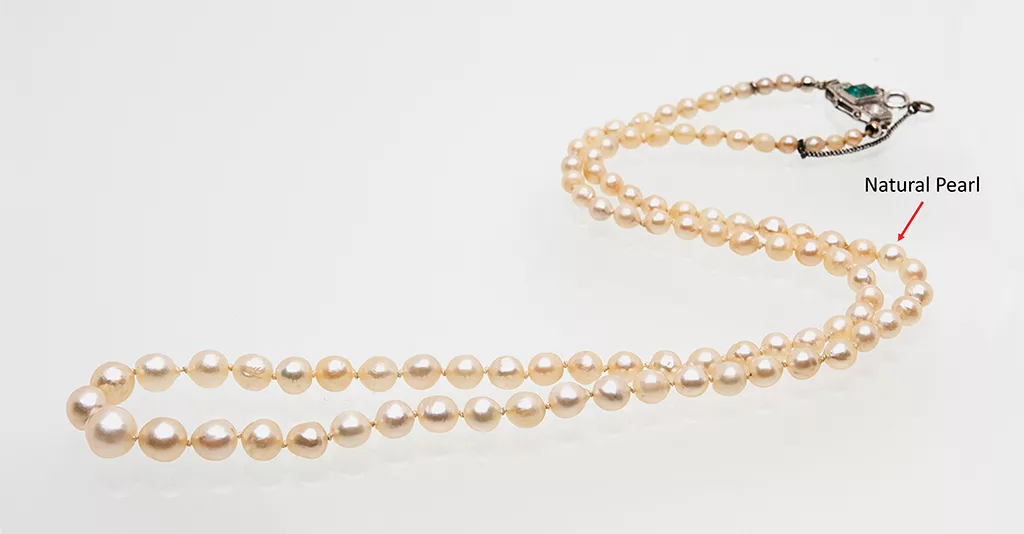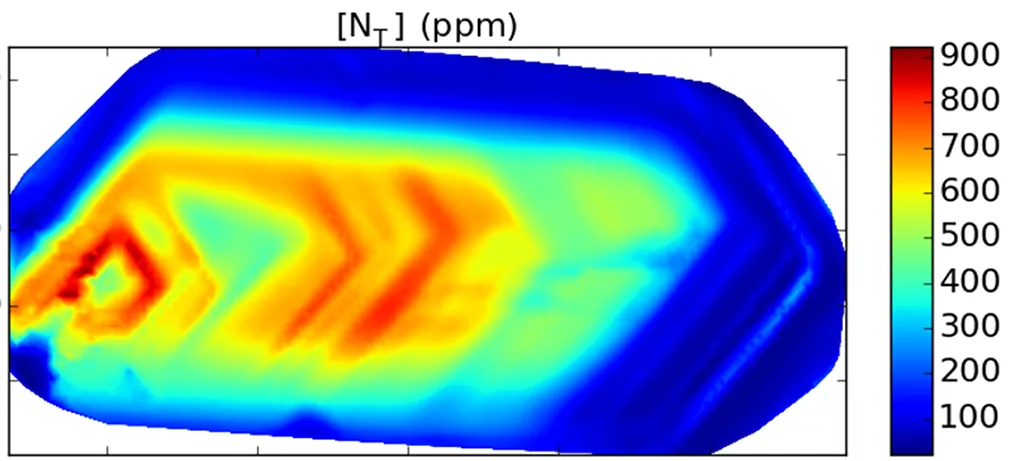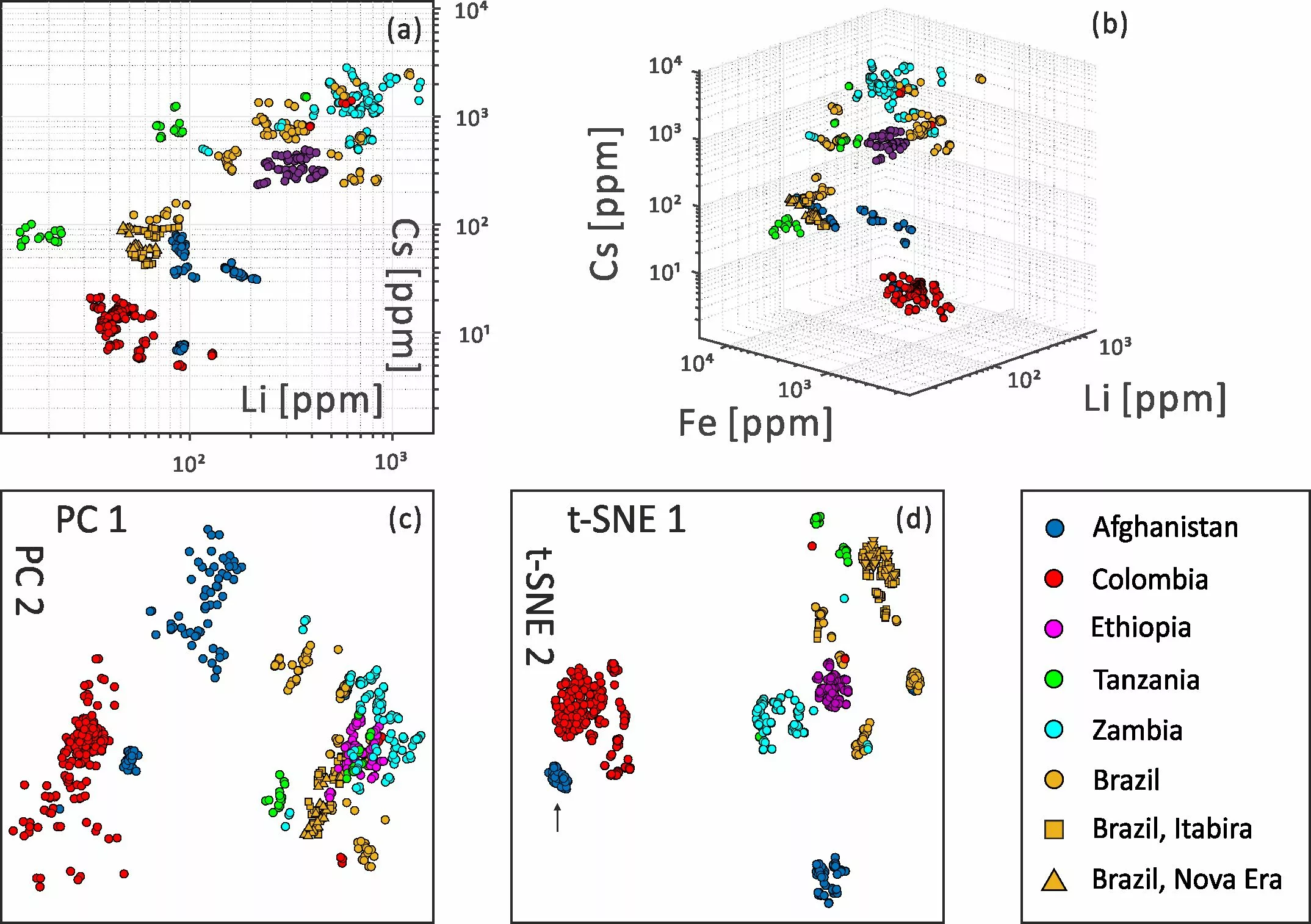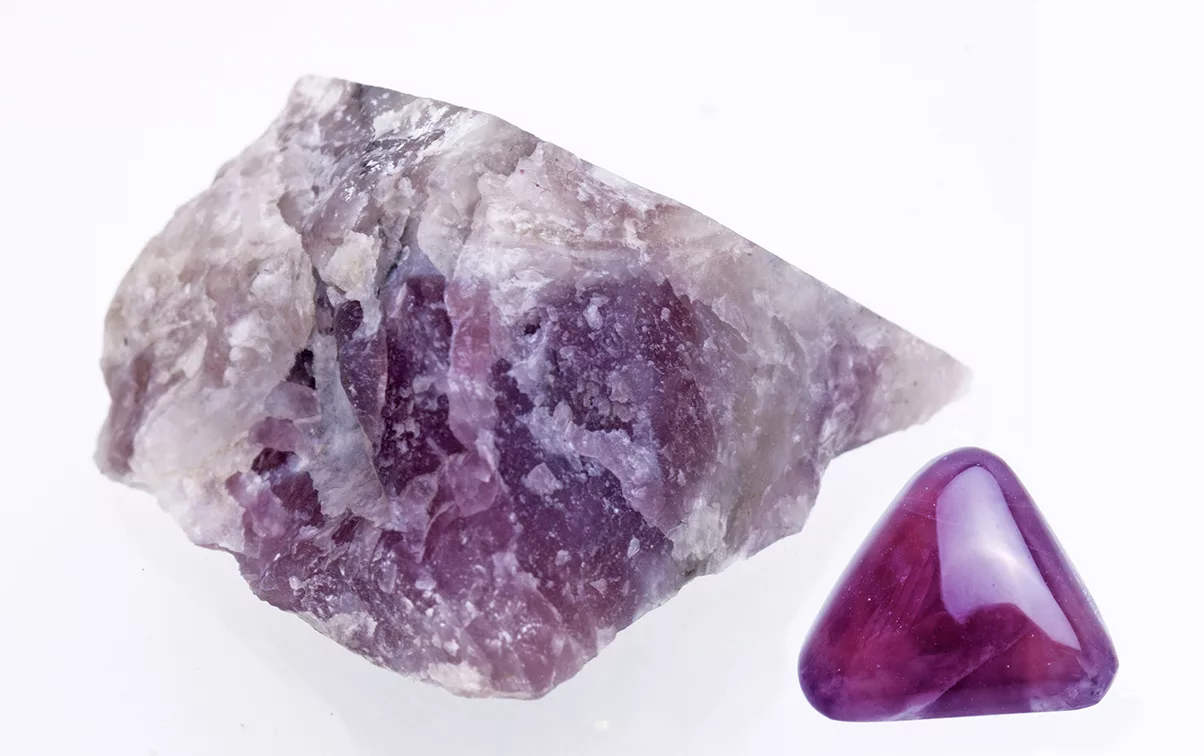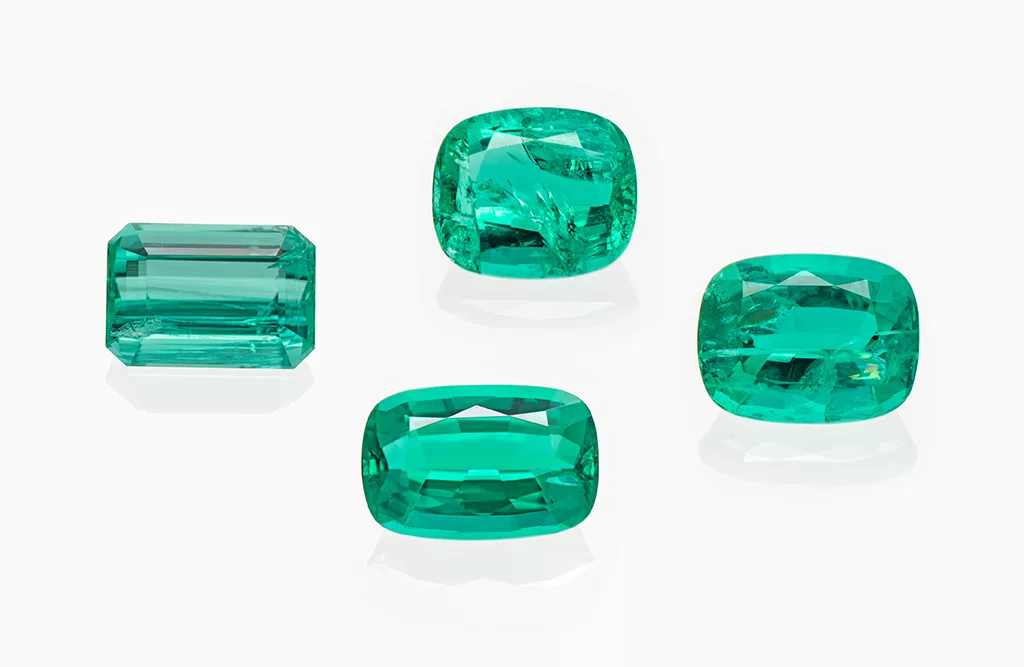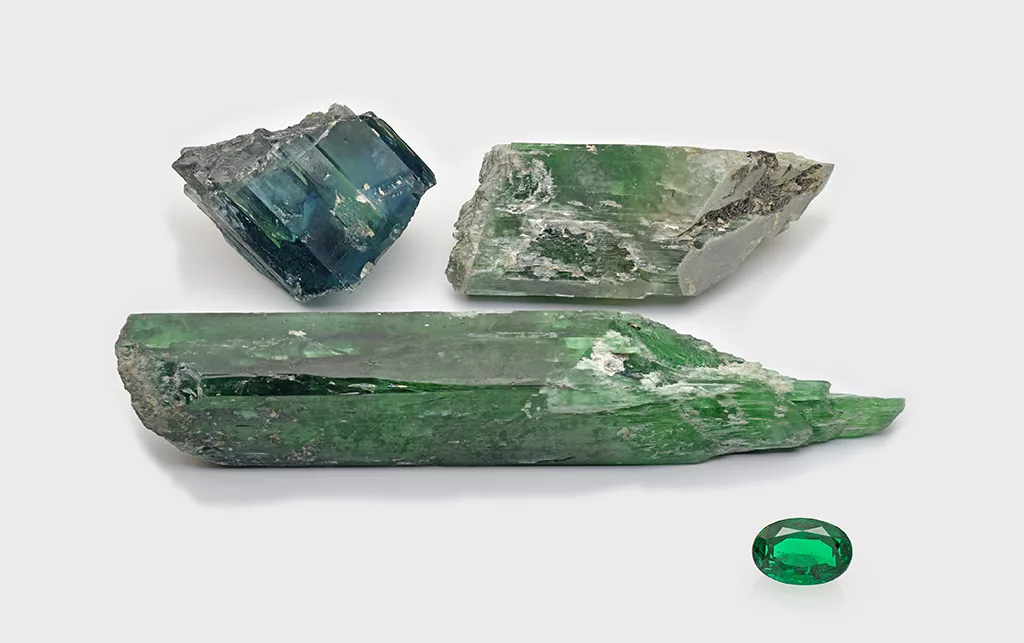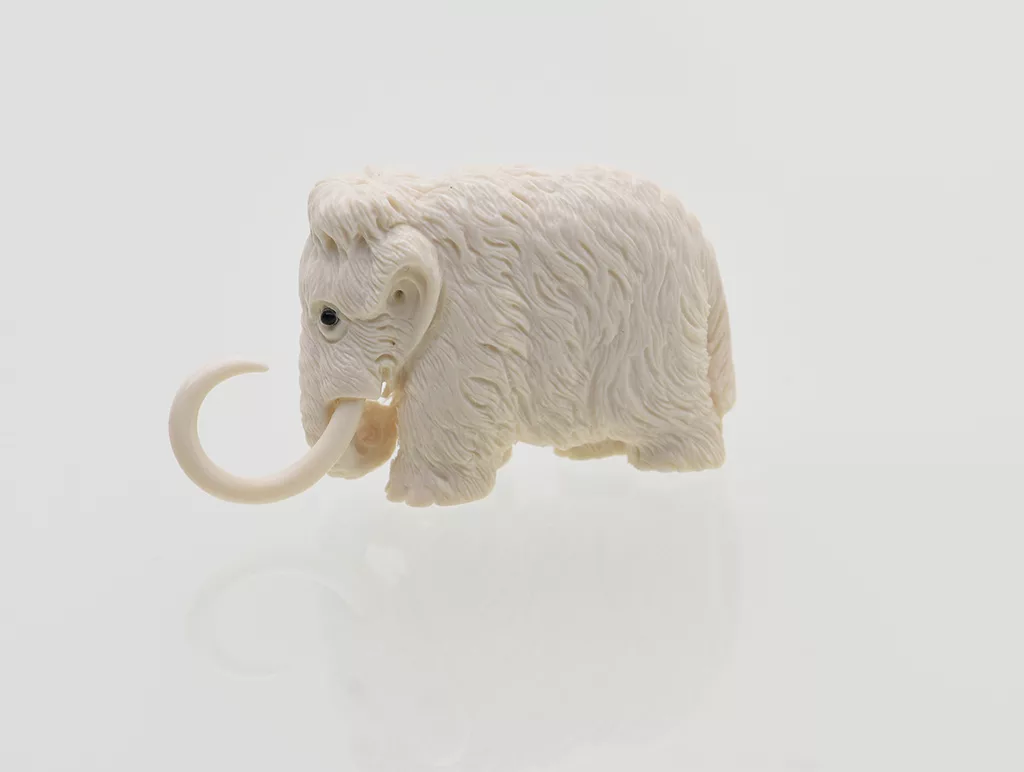The Queen Mary Pearl
First published in Facette 26 (May 2020) As a foremost authority in the testing of natural pearls, the SSEF has had the chance in the past few decades to see and analyse the most unique and outstanding natural pearls in the market, many of them of historic provenance, such as the Peregrina pearl (see
Roman sapphire intaglio
by Dr. M.S. Krzemnicki, first published in Facette 26 (May 2020) In 2019, the Swiss Gemmological Institute SSEF in collaboration with the Istituto Gemmologico Nazionale IGN Rome (Italy) were able to analyse in detail a unique Roman sapphire intaglio (Figure 1), excavated in 1986 in the House of Gemmarius (
One natural pearl in a cultured pearl necklace
Testing pearl necklaces can be rather painstaking work, as at least two gemmologists at SSEF meticulously and individually check a necklace pearl by pearl, with the aim of finding one (or more) cultured pearl(s) possibly hidden somewhere in the strand. Countless natural pearl necklaces tested at SSEF in the pas
Age dating of coral
by Dr. M.S. Krzemnicki, first published in Facette 26 (May 2020) Since 2017, the Swiss Gemmological Institute SSEF offers radiocarbon dating of pearls as a service. To further expand our knowledge about this method and its applicability to other biogenic gem materials, we were happy to receive a number of smal
Diamonds as a window into the earth
by Dr. L. Speich, first published in Facette 26 (May 2020) Diamond is valuable as a gemstone but it is also a mantle geologist’s best friend because it provides a rare opportunity to study processes that occur deep in the Earth. Most diamonds form in the so-called lithospheric mantle within a fairly narr
New statistical methods for analysis of gemstones
Based on real case studies on sapphire and emerald specimens, we here present how a simultaneous multi-element approach assists origin determination. Instead of pre-defining a list of isotopes in advance, routine analysis of blue sapphires using LA-ICP-TOF-MS detects rarely occurring trace elements such as bery
Deep purple vesuviatine from Pakistan
by Prof. H.A. Hänni, first published in Facette 26 (May 2020) stan has a number of gemstone deposits that are related to the collision of the Indian continent with the Eurasian plate, a consequence of global plate tectonic movements. The gem-producing areas lie in a thrust zone known as Karakorum Suture Zone.
Emeralds from Riverina, Australia
In early 2019, an Australian client submitted a small series of gem- quality light green emeralds ranging from 2.01 – 5.80 ct in weight, which reportedly originated from the same rough crystal from the Riverina deposit in Western Australia (Figure 1). Known since the late 1970s (Whitfield, 1975), this deposit
Green spodumene sold as emerald imitation
Spodumene crystals (longest item about 50 cm long and 5.9 kg heavy) submitted to SSEF as new 'emeralds' from Pakistan shown here together with a faceted emerald from Pakistan
Genetic identification of ivory species: research and testing
DNA fingerprinting of ivory involves a scientific method that can provide valuable information about the species of ivory being used in jewellery and ornamental objects, in order to determine whether it is CITES- listed elephant ivory or non-listed mammoth ivory. DNA fingerprinting, together with a morphologica
